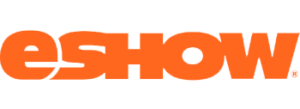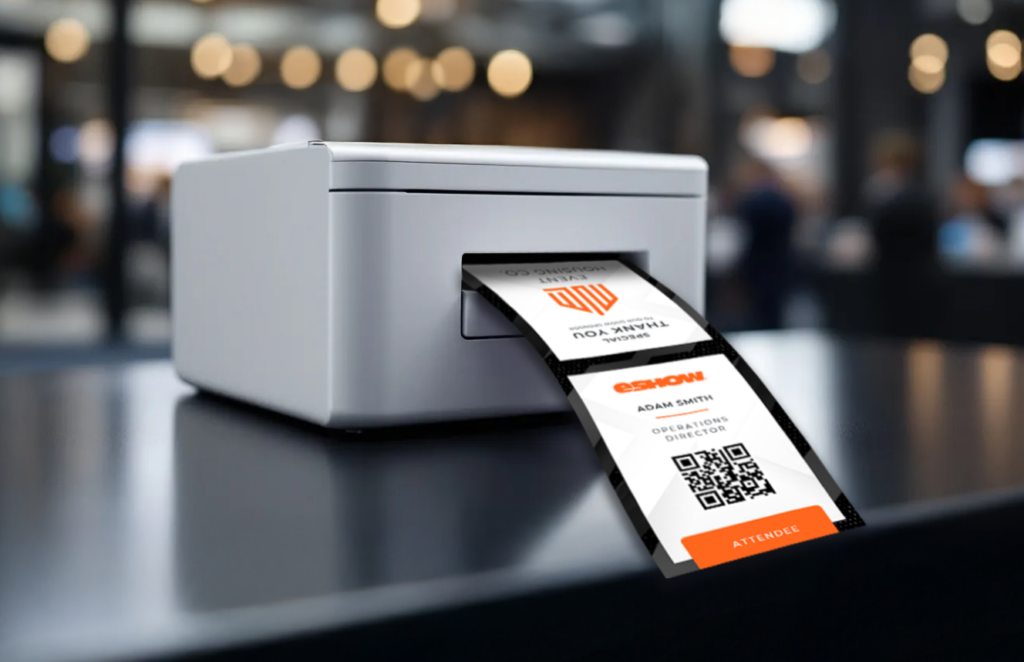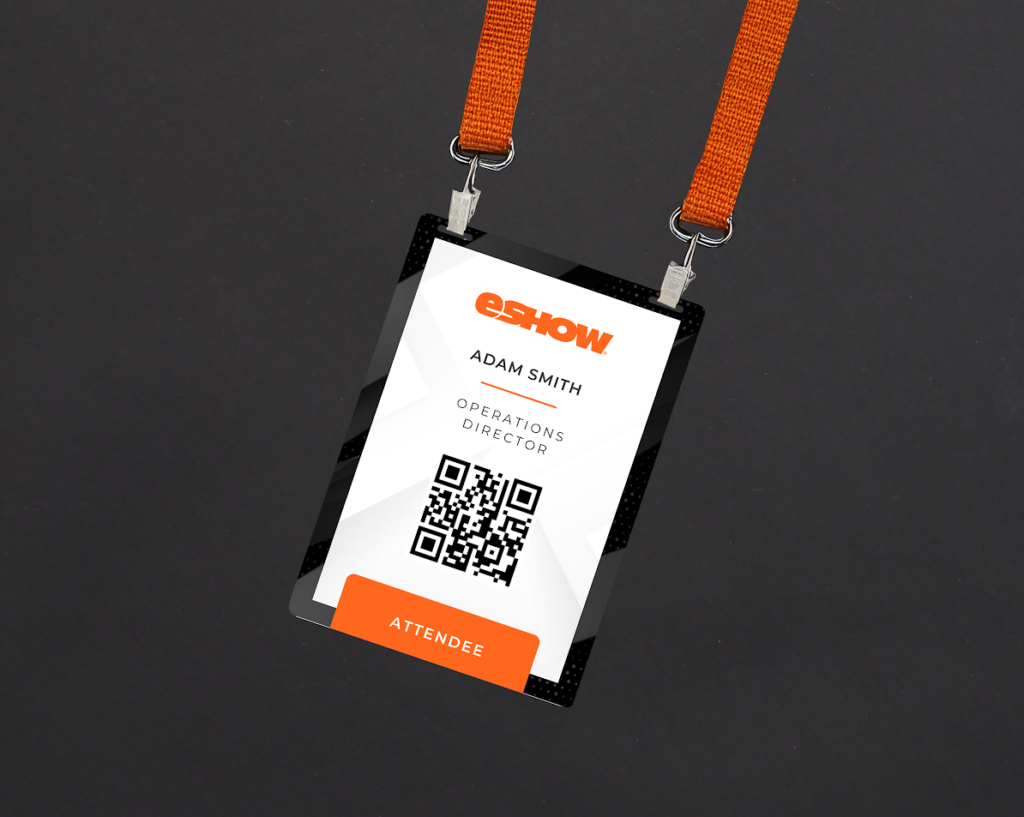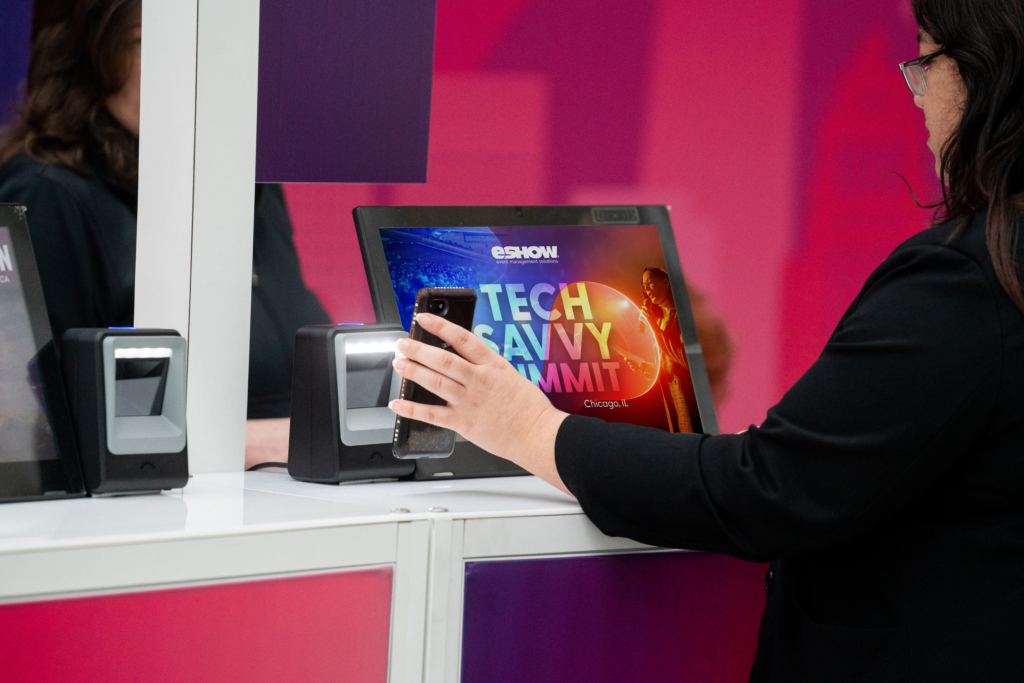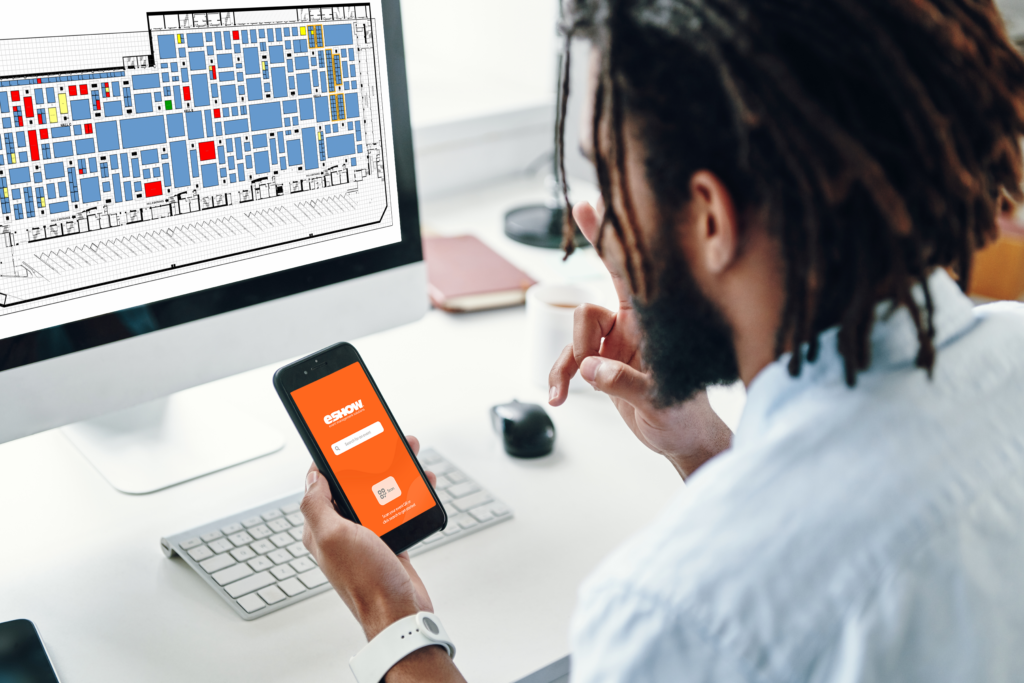You’ve probably been there…scrambling to track down a speaker’s headshot the night before the event, or firing off last-minute emails about slide formats. A great lineup is only as good as the communication behind it. So how do you keep it smooth and stress-free?
You need more than a checklist to keep speaker communication smooth. It’s about staying organized without losing the small moments (like a personal note or thoughtful nudge) that make speakers feel truly welcome.
Key Highlights:
- Set clear expectations early with centralized deadlines and resources
- Personalize communication to build stronger speaker engagement
- Use a single speaker portal to eliminate last-minute scrambling
- Balance automation with a human touch to stay efficient and authentic
- Follow up post-event to strengthen long-term speaker relationships
- Set Expectations Early
Imagine being a speaker juggling three upcoming events. You’re grateful when one organizer sends you a welcome packet that clearly spells out key dates, formats, and submission deadlines, removing the need to dig through scattered emails.
That’s the kind of experience you want to create. From the start, give speakers a clear roadmap. Tools like eShow’s Conference Management software mean your speakers always know where to find deadlines and forms, so there’s no more inbox searches or missing attachments.
- Personalize, Don’t Mass-Produce
Mass-produced or automated emails can still be personalized, and your speakers will appreciate it. Mention their specific topic. Refer to how their session fits into the theme. This helps set a collaborative tone and encourages prompt responses. Plus, personalized communication lowers the chances of misalignment or missed details.
You can use tools to handle reminders automatically, but don’t skip the part where you send a quick note that says ‘Looking forward to your session!’ That’s what makes the connection meaningful.
- Keep Everything in One Place
Give speakers a portal or dashboard where they can update session and/or speaker profiles, upload materials, view deadlines, and track what’s outstanding. With eShow’s speaker and session management tools, everything’s ready and easy to find, so you’re not digging through your inbox at midnight for a missing bio.
It’s the difference between last-minute scrambling and feeling ready when the event opens.
- Be Mindful of the Speaker’s Experience
Your speakers are investing their time and expertise. The easier you make their journey, the more likely they’ll deliver polished and engaging presentations and want to work with you again.
Consider small but meaningful steps:
- The speaker checklist provides descriptions, direct links to tasks, deadline dates, and more, with the option to check off each item
- Offer optional tech checks or AV dry runs, especially for virtual/hybrid sessions
- Share audience insights (e.g., expected size, industry focus) so they can tailor content
These touchpoints show that you’re thinking beyond logistics and helping set them up for success.
- Automate, But Stay Human
Yes, automation is essential in speaker management. But don’t let it drain the personality out of your communication. It’s a fine balance. Automation helps you stay on schedule, but if it starts to sound robotic, you risk losing that personal connection that makes speakers feel valued.
eShow’s Conference Management suite lets you:
- Send reminders for bios, headshots, or slides
- Share links to speaker portals
- Keep an audit trail of what’s been sent, with the ability to resend
We’ve seen firsthand how a single short email can turn a missed deadline into a happy speaker and a great presentation.
- Communicate Post-Event
Many organizers drop the ball once the event ends. Don’t be that person.
Take time to:
- Thank your speakers
- Share audience feedback or engagement stats
- Let them know if recordings will be distributed
These small gestures build goodwill and make it more likely they’ll say yes when you invite them next time.
Why Is Managing Speaker Correspondence Important?
Good speaker management isn’t just about staying organized. It’s also about helping someone step on stage feeling prepared and appreciated. And when they do, your audience notices, your sponsors remember, and your event truly connects.
You’re not just managing emails, you’re orchestrating an experience that makes your event (and your brand) stand out.
From First Email to Final Applause – Make It Seamless
When your speakers feel supported, they show up with energy and confidence, and that’s what your audience remembers long after the event. Take time to set clear expectations, personalize where it counts, and use tools like eShow’s to keep everything on track without losing the human touch.Want to make your next speaker lineup the smoothest yet? Take a closer look at how eShow’s Conference Management tool can help you bring clarity and calm to every step.
